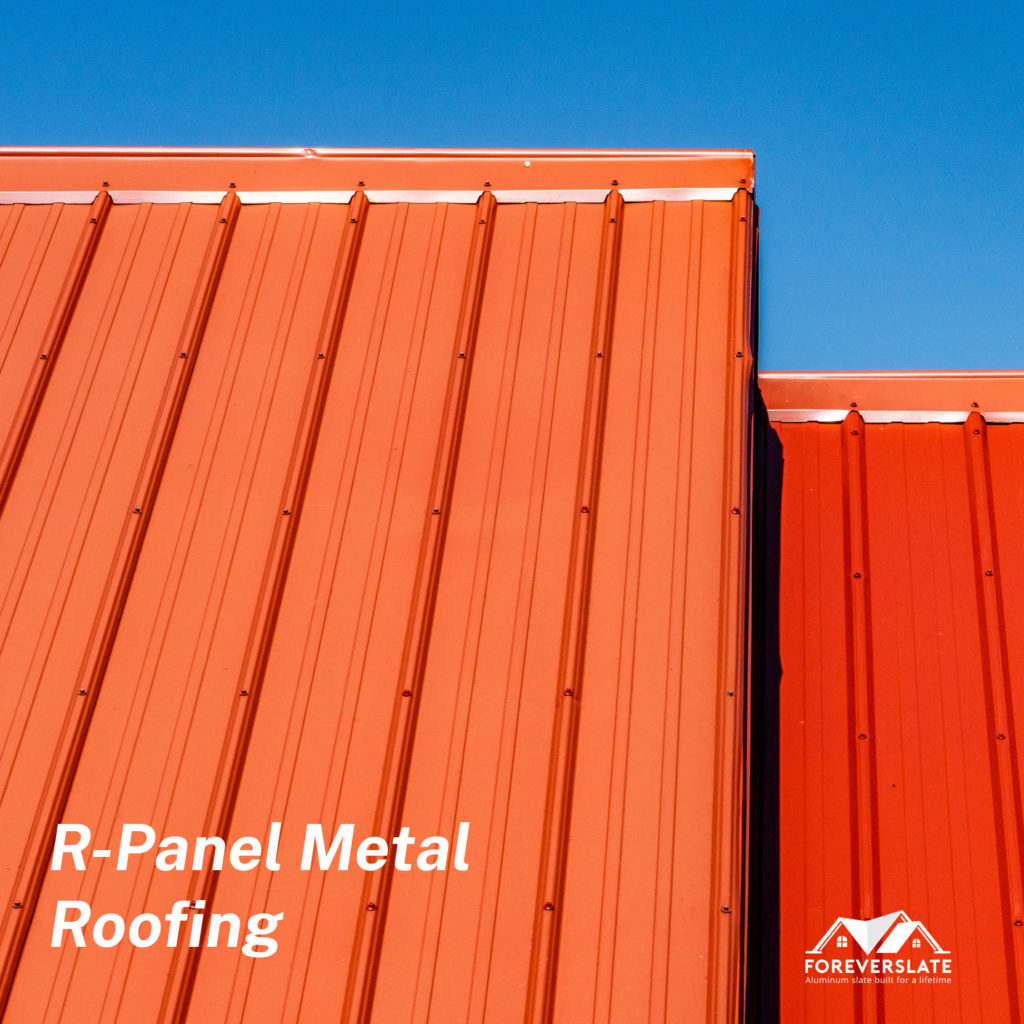Published On December 3 , 2023

Metal roofs have a bunch of benefits. They last a really long time and can take a beating. They’re easy to take care of, not too heavy, won’t catch fire easily, and can handle strong winds. They’re also energy-efficient, good for the environment, and can be recycled. Plus, getting a metal roof might even lower your insurance costs. On top of all that, you can pick from lots of styles, colors, and materials to match your taste.
But, here’s the catch – there are so many metal roof options that it might make your head spin. With different types, materials, and ways to attach them, it’s tough to figure out which one’s right for you. In the next parts, we’ll break down the popular types of metal roofs, talk about the best materials, look at how they’re fastened, and weigh the pros and cons of each. It’s like a guide to help you choose the perfect metal roof for your home or business without getting overwhelmed by all the choices.

1. Standing Seam Metal Roofing
When metal roofing comes to mind, the image that likely comes up is that of a standing seam metal roof. Comprised of broad, flat, vertical metal panels with raised ribs on each connecting edge, these standing ridges typically measure between one and 2.5 inches in height. They are securely fastened in an interlocking pattern, creating the illusion of a seamless expanse of roof, accentuated by standing ribs bordered by flat metal sections. This particular roofing style boasts minimal maintenance requirements. Its construction allows for flexibility to expand and contract with changing weather conditions, and its concealed fasteners significantly reduce the likelihood of leaks.

2. Corrugated Metal Roofing
Metal sheets used for corrugated roofs undergo bending to create a distinctive pattern of undulating folds featuring alternating S-shaped ridges and furrows. While aluminum is the most common material for corrugated roofing, options also include steel or copper panels.

3. Shake-Inspired Metal Roofing
Metal roofs with a shake-inspired design replicate the appearance of wooden shakes using steel. This timeless aesthetic offers homeowners with traditional residences the opportunity to have roofing that complements their home’s look while enjoying the advantages associated with metal roofing.

Roofs made of tiles traditionally utilize materials such as clay or concrete, which are prone to breakage. However, metal roofing designed to resemble tiles offers a stunning alternative that can endure for a lifetime without the susceptibility to breakage from hail, fallen tree limbs, or foot traffic. Typically crafted from stone-coated steel, these roofs emulate the classic appearance of traditional Spanish or Mediterranean tiles, presenting a range of style options.

Roofs crafted from natural stone, like slate, boast a beautiful aesthetic, yet they come with drawbacks such as being heavy, expensive, and fragile. However, metal roofing designed to mimic slate provides the same visual appeal for homes while offering a lighter, more cost-effective, and durable alternative.

For those who appreciate the appearance of shingles but desire the eco-friendliness, ease of maintenance, and durability associated with metal roofing, metal shingles present an excellent choice. They provide the visual allure and traditional charm of shingles while incorporating the lightweight, low-maintenance, long-lasting, and recyclable advantages of metal.

R-panel metal roofing typically comprises screw-down panels secured by visible fasteners. These panels, measuring 36 inches in width, feature raised ridges with flat sections in between. Known for its affordability, straightforward installation, and widespread availability, this roofing option is commonly used in commercial and industrial structures but can also be a viable choice for residential homes.
Meet Cris – a seasoned construction industry professional with over 15 years of hands-on experience in building and managing residential, commercial, and industrial projects. He started as a laborer and worked his way up to become a project manager. Cris is passionate about sharing his knowledge and insights with others who are interested in building construction. He has a degree in architecture and is constantly reading and researching to stay on top of the latest trends, materials, and techniques. His aim is to help people better understand the complexities of the industry and make informed decisions when it comes to building their own structures.